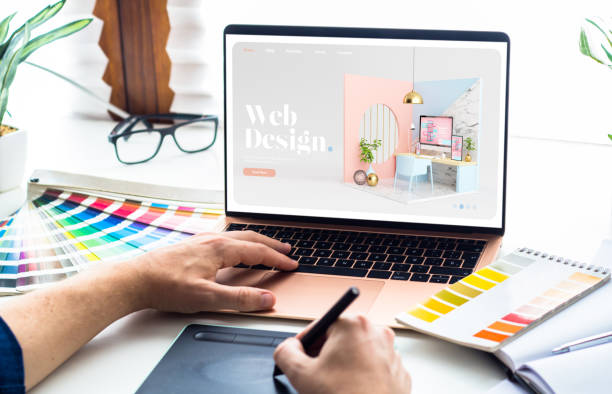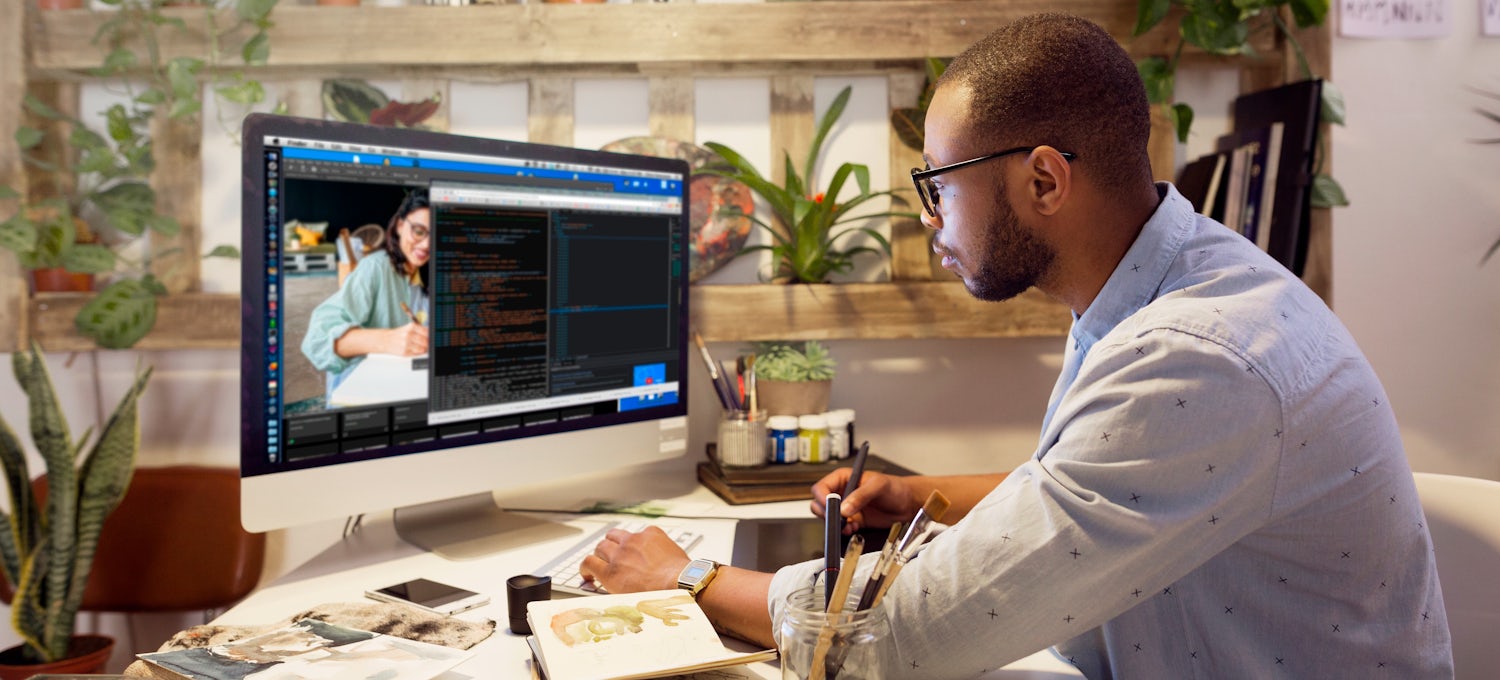Imaginative Website Design Solutions for Modern and Engaging Websites
In the world of website design, the search of contemporary and interesting services has become increasingly essential for organizations aiming to catch customer attention. By incorporating vibrant color pattern, interactive components, and responsive layouts, developers can develop experiences that not just resonate with individuals yet likewise boost brand name identity. The tactical unification of multimedia web content further enriches these interactions, promoting a much deeper connection with visitors - las vegas seo. The true challenge lies in balancing creativity with functionality-- an exploration that reveals several innovative techniques worth taking into consideration.
Welcoming Vibrant Color Design
In website design, the strategic use of vibrant color pattern can considerably enhance customer involvement and brand identification. By utilizing dynamic colors, developers can produce visually striking internet sites that catch attention and promote a memorable experience. An appropriate color palette not just reflects a business's worths however also evokes certain emotions that can affect individual actions.
Strong shades can be utilized to guide individuals' attention to crucial elements such as telephone calls to action, enhancing conversion rates. For example, utilizing contrasting shades for buttons and web links can make these elements stick out, prompting individuals to interact more conveniently. A cohesive shade plan across the site strengthens brand name acknowledgment, producing a sense of familiarity and depend on among site visitors.
However, it is crucial to stabilize bold colors with adequate white room to prevent frustrating users. Reliable use of typography additionally matches bold colors, making sure readability while keeping aesthetic appeal. Eventually, welcoming strong color systems in internet layout not just boosts visual high quality but additionally plays an indispensable duty in achieving tactical organization goals, making it an important consideration for contemporary web development.

Making Use Of Interactive Elements
Interactive aspects are necessary in modern website design, as they dramatically improve user engagement and create a more dynamic surfing experience. By integrating features such as animations, float effects, and clickable aspects, sites can encourage users to check out content better and return for future brows through.

Micro-interactions, such as refined computer animations when a button is clicked or a type is submitted, can additionally improve the customer experience by offering instant feedback. These small details can make the website feel even more responsive and to life, cultivating a sense of connection in between customers and the site.
In addition, gamification components, such as benefits for completing certain activities, can inspire individuals to engage with the content more deeply. By thoughtfully integrating these interactive parts, internet designers can produce a remarkable and engaging on the internet experience that reverberates with customers and motivates them to return.
Carrying Out Responsive Layout
Implementing responsive layout is critical in today's multi-device landscape, making certain that sites supply an optimum viewing experience throughout various screen sizes. As individuals progressively access the net through smart devices, tablet computers, and desktop computers, a one-size-fits-all approach is no more feasible. Receptive style permits for seamless navigation and communication, adapting design and material to fit the device being used.
Secret concepts of responsive style include fluid grids, flexible images, and media queries. Media queries facilitate the application of different styles based on the tool's features, such as size, elevation, or resolution, enabling developers to tailor the individual experience effectively.
Moreover, receptive layout improves SEO performance, as click here now search engines prefer mobile-friendly sites. By executing responsive design, organizations not just enhance user satisfaction and involvement yet likewise enhance their reach in an affordable electronic landscape. As modern technology remains to advance, embracing responsive layout has become a basic method for any modern-day and appealing website.
Incorporating Multimedia Content
Multimedia material plays an important role in producing engaging and vibrant web experiences that record individuals' attention and improve understanding. By combining message, images, sound, and video, sites can offer a richer story that appeals to numerous learning designs and preferences. This combination not only boosts user interaction yet likewise help in sharing complex concepts succinctly.
Incorporating high-quality pictures and infographics can damage up textual material, making it extra digestible. Likewise, video clip tutorials and presentations can supply in-depth insights that static web content may not completely connect. Audio elements, such as podcasts or background songs, can additionally enhance the environment of an internet site, creating a more immersive experience.
Additionally, the strategic use of multimedia can enhance search engine optimization performance, as online search engine prefer varied web content kinds, increasing visibility. It is important to make sure that multimedia components do not prevent web page tons times, as this can lead to individual irritation. By stabilizing multimedia assimilation with efficiency considerations, web designers can create visually attractive and functional sites that resonate with users, cultivating a much deeper link and encouraging return check outs.
Prioritizing User Experience

To attain an ideal customer experience, designers should concentrate on several key concepts. Clear telephone calls to activity, understandable typography, and arranged index web content overview individuals, decreasing cognitive load.
Additionally, including individual comments into the layout procedure is invaluable. Regular screening with actual individuals aids Get More Info recognize pain factors and areas for enhancement, permitting repetitive improvements. Ultimately, prioritizing UX not just raises user fulfillment however likewise drives involvement and conversion rates, making it a critical aspect of modern-day website design methods. By positioning customers at the center of layout efforts, web sites can develop long-term, favorable impacts that urge return sees.
Conclusion
In verdict, modern internet layout services that highlight bold color design, interactive aspects, receptive style, and multimedia content considerably boost customer involvement and fulfillment. Prioritizing individual experience through clear layouts and continuous feedback even more contributes to enhanced conversion prices. By adopting these strategies, websites can efficiently astound site visitors and strengthen brand identity, eventually bring about an extra vibrant and interesting on the internet existence. The integration of these layout principles is crucial for attaining modern internet style objectives.